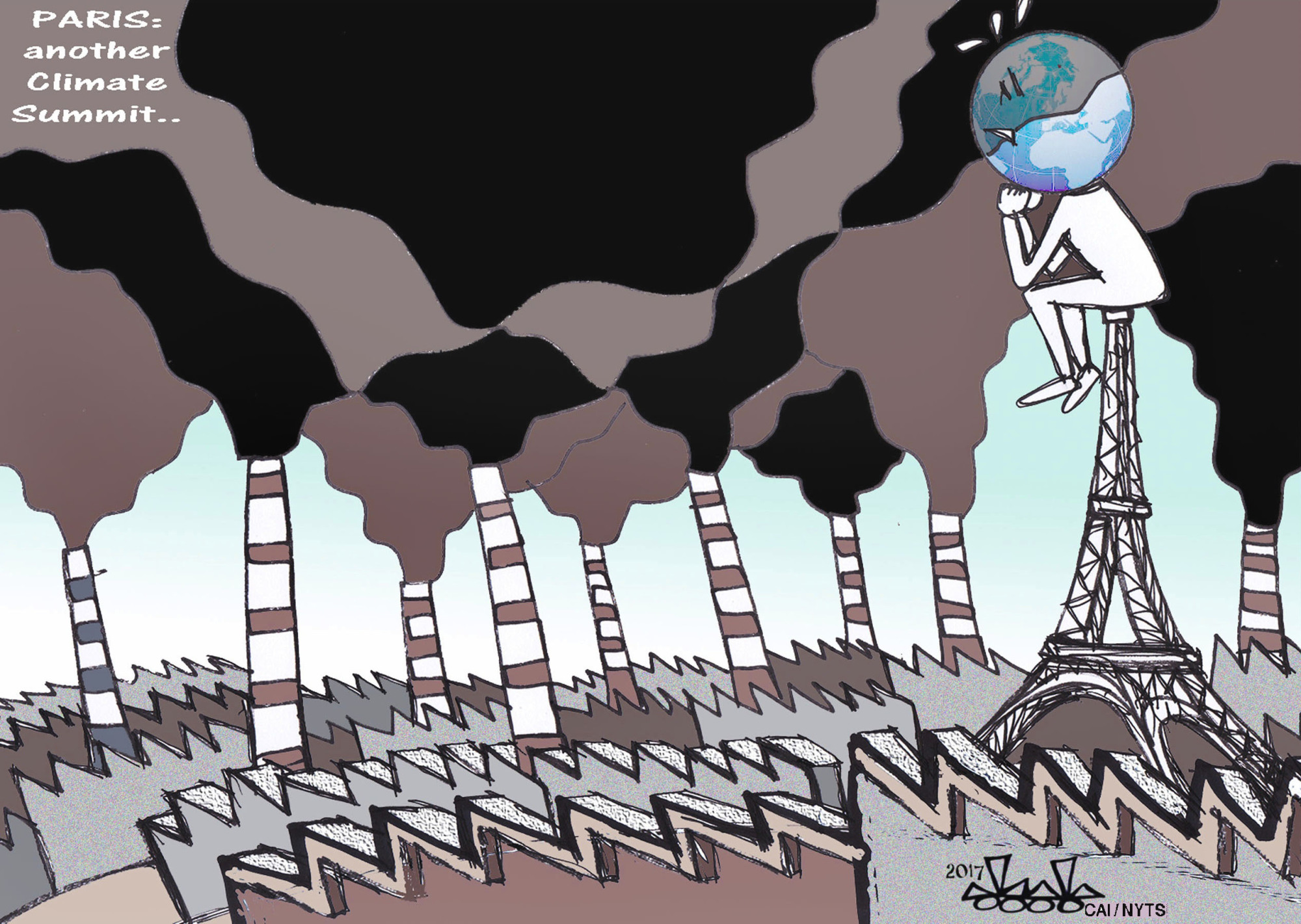This will be a big year for the Paris climate agreement. The broad outlines of the deal were figured out in 2015, but the specific rules governing what it requires countries to do will have to be written by the end of 2018.
In spite of U.S. President Donald Trump's decision to withdraw the United States from the accord, the deal appears surprisingly strong. In the final months of 2017, Nicaragua and Syria, the last two holdouts of the more than 190 nations that met in Paris, signed on. The U.S., meanwhile, will not be able to withdraw from the agreement until Nov. 4, 2020 — four years to the day after the agreement went into effect and, coincidentally, one day after the next U.S. presidential election.
Now it's time to figure out the fine print. The process that must wrap up before the end of 2018 is comparable to the period after Congress passes any legislation, when regulatory agencies need to figure out what a given law will mean in practice. Over the course of 2018, negotiators from around the world will be working through the U.N. Framework Convention on Climate Change, the treaty that undergirds the Paris agreement, to do something similar.

















With your current subscription plan you can comment on stories. However, before writing your first comment, please create a display name in the Profile section of your subscriber account page.